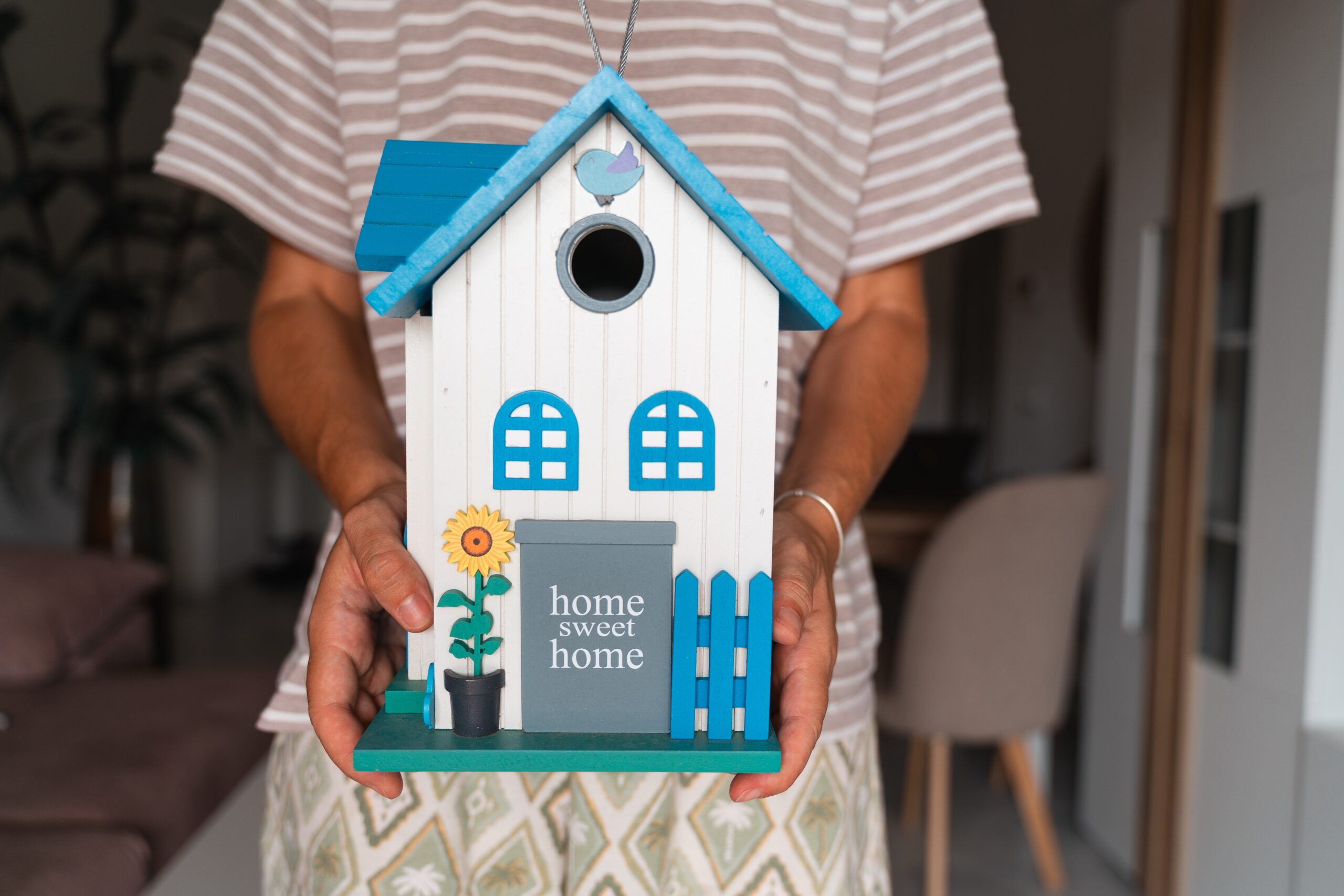Reverse mortgages are an increasingly popular financial tool for seniors looking to unlock some of the equity accumulated in their homes.
If you’re considering a reverse mortgage, you likely have questions about how it works, its features, and the potential risks involved.
Over the next few minutes, let’s break it down so you may have a clearer understanding of whether a reverse mortgage may be right for you.
See if you can get pre-qualified in a handful of steps by using our reverse mortgage calculator. It’s an easy way to get personalized results based on:
• Your Age
• Home Value
• Outstanding Mortgage Balance
Step 1 of 2 – Start now to see if you can get closer to accessing some of your home’s equity and how much you may be eligible to receive!
A reverse mortgage allows homeowners aged 62 or older to convert a portion of their home equity into cash. Unlike traditional loans, reverse mortgages don’t require monthly mortgage payments to the lender.
Instead, if you qualify, the lender pays you based on the home’s value and your age. Funds can be received in a lump sum, line of credit, or monthly installments.
It’s important to note that while you won’t be required to make monthly mortgage payments, you still need to pay your property taxes, homeowners’ insurance, and home maintenance as you normally do now. You also need to continue to use this property as your primary residence.

To qualify for a reverse mortgage, you must:

When you apply for a reverse mortgage, the lender will evaluate your home’s value, your age, and your financial situation to determine the loan amount you are eligible for.
The loan amount will be based on the equity in your home, and you can receive the funds in a lump sum, monthly payments, or as a line of credit.

A reverse mortgage offers several potential advantages, such as:
• Stay in your home: Continue living in your home while accessing its equity. Essentially aging in place. Note, as with traditional mortgage loans, there is a risk of foreclosure if the borrower defaults on the loan terms.
• Flexibility: Use funds for anything—living expenses, medical bills, home improvements, or even travel.
• Non-recourse loan: You or your heirs will never owe more than the home’s value when it’s sold, even if the loan balance exceeds it.

While reverse mortgages are useful, they come with risks:
The below is for illustrative purposes only and similar results cannot be guaranteed.
Let’s look at an example:
Jane, age 72, owns her home outright, worth $500,000. She opts for a line of credit of $250,000, using it to cover medical expenses and home improvements. Over the years, the loan balance grows to $350,000. When Jane passes away at 80, her heirs sell the home for $550,000. After repaying the loan, they keep $200,000 in equity.
Jane was able to stay in her home, use her home equity as needed, and leave her heirs with remaining equity.
A reverse mortgage could be an excellent way to access your home equity, but it’s important to weigh the potential advantages and risks. Get started by using our simple, multi-step reverse mortgage calculator to find out if you may qualify. With no obligations, it’s an easy way to take the next step toward financial flexibility.
Corporate Headquarters


HighTechLending Inc, doing business as American Senior Lending is an Equal Housing Lender, NMLS ID #7147 (www.nmlsconsumeraccess.org).
2030 Main Street, Suite #500, Irvine, CA 92614.